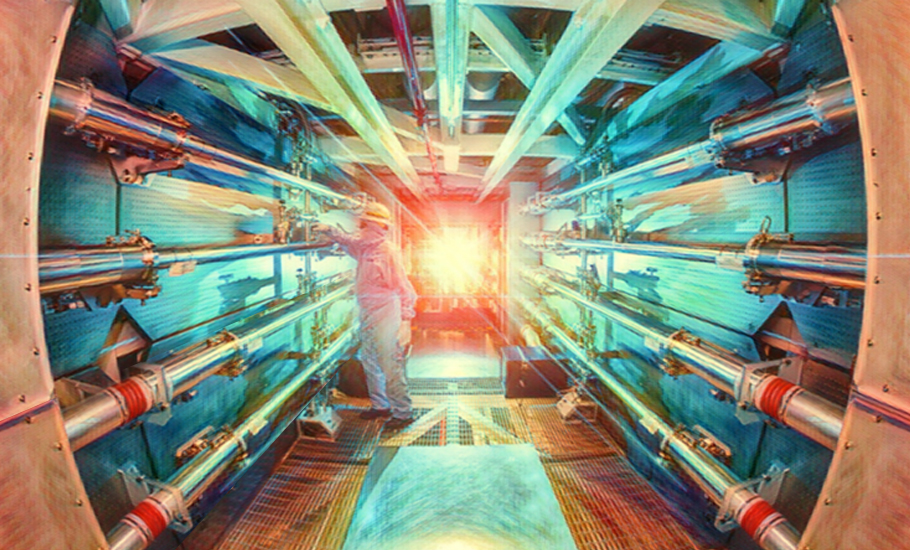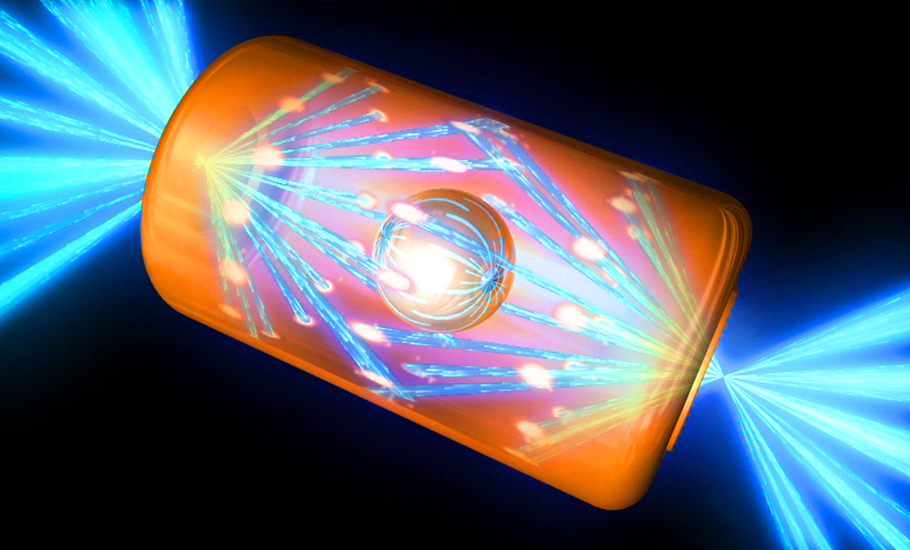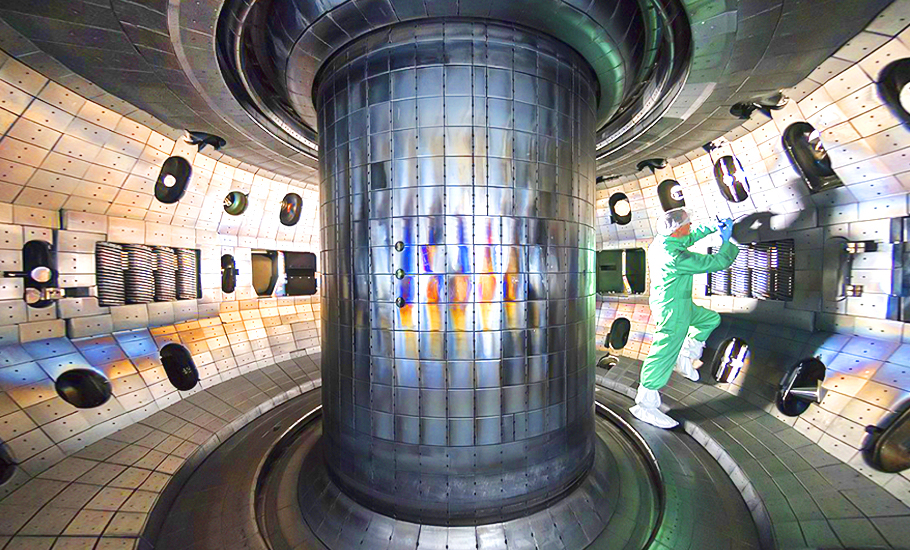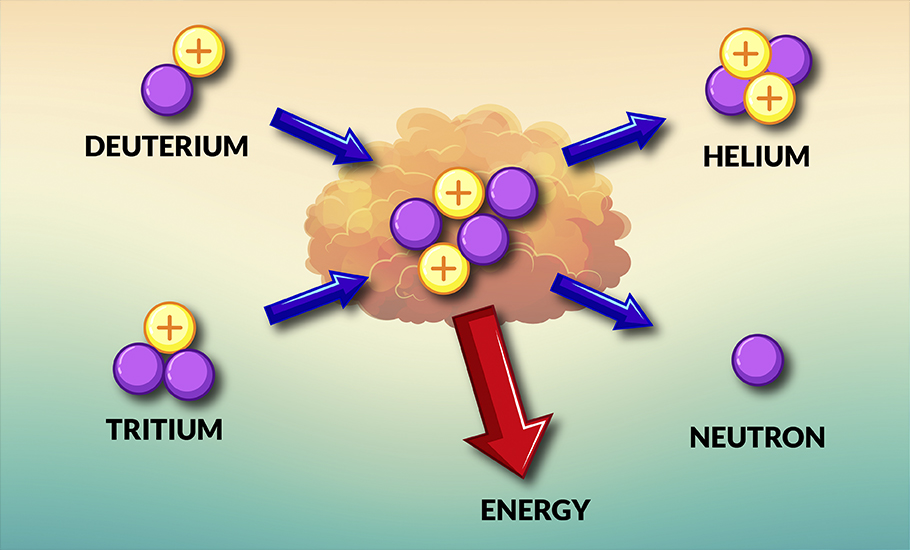
- Home
- India
- World
- Premium
- THE FEDERAL SPECIAL
- Analysis
- States
- Perspective
- Videos
- Sports
- Education
- Entertainment
- Elections
- Features
- Health
- Business
- Series
- In memoriam: Sheikh Mujibur Rahman
- Bishnoi's Men
- NEET TANGLE
- Economy Series
- Earth Day
- Kashmir’s Frozen Turbulence
- India@75
- The legend of Ramjanmabhoomi
- Liberalisation@30
- How to tame a dragon
- Celebrating biodiversity
- Farm Matters
- 50 days of solitude
- Bringing Migrants Home
- Budget 2020
- Jharkhand Votes
- The Federal Investigates
- The Federal Impact
- Vanishing Sand
- Gandhi @ 150
- Andhra Today
- Field report
- Operation Gulmarg
- Pandemic @1 Mn in India
- The Federal Year-End
- The Zero Year
- Science
- Brand studio
- Newsletter
- Elections 2024
- Events
- Home
- IndiaIndia
- World
- Analysis
- StatesStates
- PerspectivePerspective
- VideosVideos
- Sports
- Education
- Entertainment
- ElectionsElections
- Features
- Health
- BusinessBusiness
- Premium
- Loading...
Premium - Events

Fusion or just fizz: Has the National Ignition Facility really trapped the Sun in the bottle?

Scientists have for long being trying to find an energy source that sustains itself – quite like the Sun, burning bright day after day. And so the announcement made by the US National Ignition Facility’s (NIF) Lawrence Livermore Laboratory in California on December 13, 2022, created a huge sensation among the scientific circles across the world. The announcement was that the California...
Scientists have for long being trying to find an energy source that sustains itself – quite like the Sun, burning bright day after day. And so the announcement made by the US National Ignition Facility’s (NIF) Lawrence Livermore Laboratory in California on December 13, 2022, created a huge sensation among the scientific circles across the world.
The announcement was that the California lab had successfully conducted a nuclear fusion reaction — a reaction that produced more energy than what was originally required to trigger the reaction — in a laboratory.
In theory, this could mean that the future nuclear fusion energy technology could solve the energy problems of the world and dramatically bring down carbon emissions, make dependence on fossil fuels history, and make generation of cheaper, clean, and environmental friendly/carbon emission-less energy a reality. Nothing short of a veritable energy revolution indeed.
But things may not be as simple as they are being made to seem.
Fission versus fusion
Nuclear fission takes place when a larger atom is split into smaller ones or atomic components of an atom like neutron, proton or electron. This is achieved by hitting the atomic core with high-speed neutrons, accelerated to very high speeds by devices called cyclotrons. This splitting process generates tremendous amount of energy. This energy is captured by nuclear reactors for commercial use.
On the other hand, nuclear fusion takes place when smaller atoms or atomic components fuse into a larger atom through the use of very high levels of energy. This fusion process, in turn, generates enormous amount of energy — three to four times more energy than the process of nuclear fission.

openings on either end. Photo: Wikimedia Commons
The nuclear power atomic reactors are based on the process of nuclear fission where enriched uranium or plutonium atoms are split. The tremendous amount of energy it generates in the form of heat is used to convert enormous quantity of water into steam which is then used to operate turbines to generate electricity — the atomic power.
The conventional type of atom bombs, like the one that exploded in Hiroshima and Nagasaki, and most nuclear tests are also based on nuclear fission of enriched uranium.
Experiments to build nuclear reactors based on nuclear fusion hitherto have not been successful. The hype about the ‘breakthrough’ in California stems from the fact that building reactors based on nuclear fusion has become a theoretical possibility now.
Sunshine is also a result of energy released by nuclear fusion taking place on the surface of the Sun, combining Hydrogen atoms to form helium, and for some the California experiment symbolises capturing Sun in a bottle inside a laboratory.
The attempts to develop nuclear bombs based on nuclear fusion have been successful. Hydrogen bombs, first tested in 1952, were based on nuclear fusion. They can be more destructive as tactical nuclear weapons serving limited military objectives even in conventional wars.
The hype and questions over the California claim
As the news of the California ‘breakthrough’ came out, Aarati Prabhakar, the Indian-origin science adviser to the White House, in a press meet at the US Department of Energy headquarters in Washington, said: “This is such a wonderful example of a possibility realised, a scientific milestone achieved, and a road ahead to the possibilities for clean energy.”
Both Washington Post and The New York Times optimistically welcomed the alleged breakthrough and presented a very rosy picture about it. But a section of nuclear scientists and anti-nuclear activists questioned the claims of NIF. They argued that generating electrical power from nuclear fusion commercially on an industrial scale would not be attained in this process. But at the same time, in their opinion, the experiment would help the US efforts to modernise its huge nuclear weapons arsenal, especially the hydrogen bombs.
The NIF claims challenged by scientist-activists
The NIF claimed that their scientists in the laboratory bombarded Hydrogen molecules with 192 giant lasers to produce fusion of hydrogen atoms into higher hydrogen isotopes of Deuterium and Tritium, which have one and two neutrons respectively whereas the ordinary hydrogen atom contains only one electron and one proton and no neutron.
In this experiment, in a nanosecond (one thousand-millionth of a second), while 2.05 megajoules of energy was pumped in through lasers, it radiated nearly 3.15 megajoules of energy in the ratio of 1:1.5 of input to output signifying a 50 per cent energy gain. In simple words, if this process remains steady, if you spend 100 units of energy you can gain 150 units. A constant stream of 50 per cent energy gain would go a long way in solving the energy crisis of the world, a revolutionary potential.
But scientists have challenged this claim on the basis of the very facts put out by the NIF. For instance, MV Ramana, Professor and Simons Chair in Disarmament, Global and Human Security at the University of British Columbia in Vancouver, Canada, has critically evaluated the claims in an analytical article titled Clean Energy or Weapons? What the ‘Breakthrough’ in Nuclear Fusion Really Means.
Ramana has argued that at first sight, the 50 per cent increase in energy output, from 2.05 megajoules of input to 3.15 megajoules, might appear to be a lot. But it is only 0.875 kilowatt-hours, that too in the form of heat energy, which would produce perhaps 0.3 kilowatt-hours of electricity if it were to be used to boil water to drive a turbine. It would cost Rs 2.20 in Uttar Pradesh where one unit of power (1 kilowatt-hour) normally costs Rs 6.50. In comparison, a rooftop solar panel that costs under Rs 30,000 in Delhi could generate 5,000 times more electrical energy in a year.
Ramana’s second argument is that the quantum of energy input of 2.05 megajoules in NIF’s data is for a few nanoseconds and the NIF itself has admitted that in all 92 lasers they used consumed 400 megajoules of energy in the total process of fusion of hydrogen atoms. If this, and all the energy that goes into running other equipment, and the facility as a whole are also to be included, the net energy balance would turn negative. That is, more energy would be spent to generate less energy.
His third argument is that the energy equation would turn even more lopsided if we include all the energy spent in the construction of the research facility and the associated equipment. For instance, he cites the instance of a tokamak, a device that uses a very powerful magnetic field to capture and confine the energy generated in fusion experiments in the form of high-energy plasma in the shape of a torus (three-dimensional ring).

As an example, he cites the case of the tokamak used in the world’s largest International Thermonuclear Experimental Reactor (ITER) fusion experiment in France—a joint collaboration of 35 nations—where the tokamak weighs as much as three Eiffel Towers and the total weight of the central ITER facility is around 40,000 tonnes. All these will have to be taken into account in the energy equation, he points out.
Besides these challenges posed from the point of view of physics, MV Ramana also adds an “engineering” challenge — the challenge of arranging round-the-clock functional laser jet beams by constantly substituting used ones and clearing their debris. There are other such engineering difficulties too.
Finally, the mother of all challenges is to convert this scientific experimental process into an economically viable process for commercial generation of energy. Ramana, in his article, concludes that the NIF experiment is far more likely to be useful to nuclear weapons designers.
Indeed, NIF’s main purpose is not to generate electricity or even finding a way to do so from atomic fusion, he argues. Rather, the official website of NIF’s Lawrence Livermore National Laboratory itself declares that their experiments “increase their understanding of weapon physics, including the properties and survivability of weapons-relevant materials”. This admission from the ‘horse’s mouth’ is self-explanatory.
Considering that the ITER reactor in Cadarache in France might cost somewhere up to $65 billion, compared to the original estimate of $5.6 billion, it is possible that the “breakthrough” is being hyped in the media only to justify such huge volume of state funding for such experiments.
The US has 40 such nuclear fusion research centres. Given that the experiment would not be climate-friendly as is being claimed, spending such huge funds on direct methods of carbon control would serve the climate goals better.

Vivek Tiwari, a physicist and a professor in Allahabad University, says after following similar discussions from scientists from the Institute of Energy and Environmental Research and authors such as Charles Seife, a scientist who authored the book Sun in A Bottle—The Strange History of Fusion and the Science of Wishful Thinking, he can vouch for the fact that understanding the transition of fusion energy to commercial power generation only through laboratory experiments does not appear viable given the technology available at hand.
The California breakthrough thus seems to be far from being the breakthrough it is being made to appear. But it does give scientists a renewed hope to trap the Sun in the bottle.
